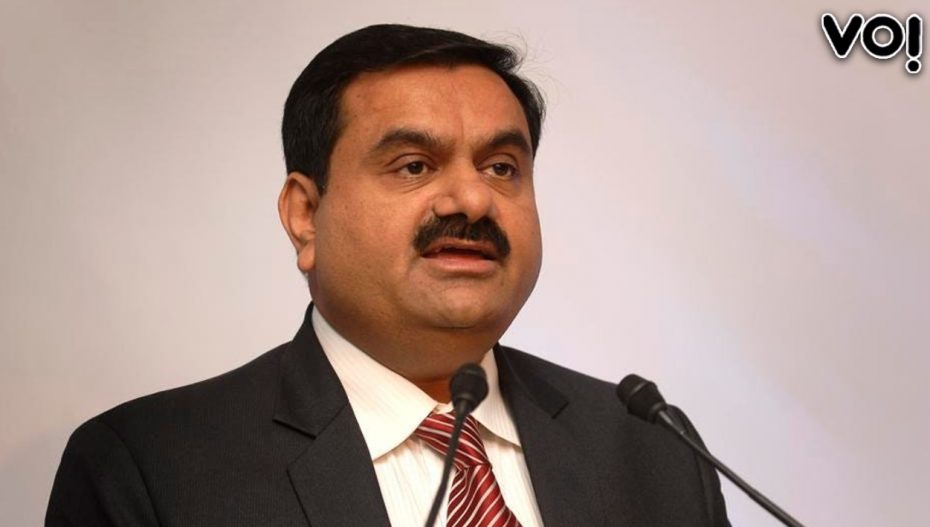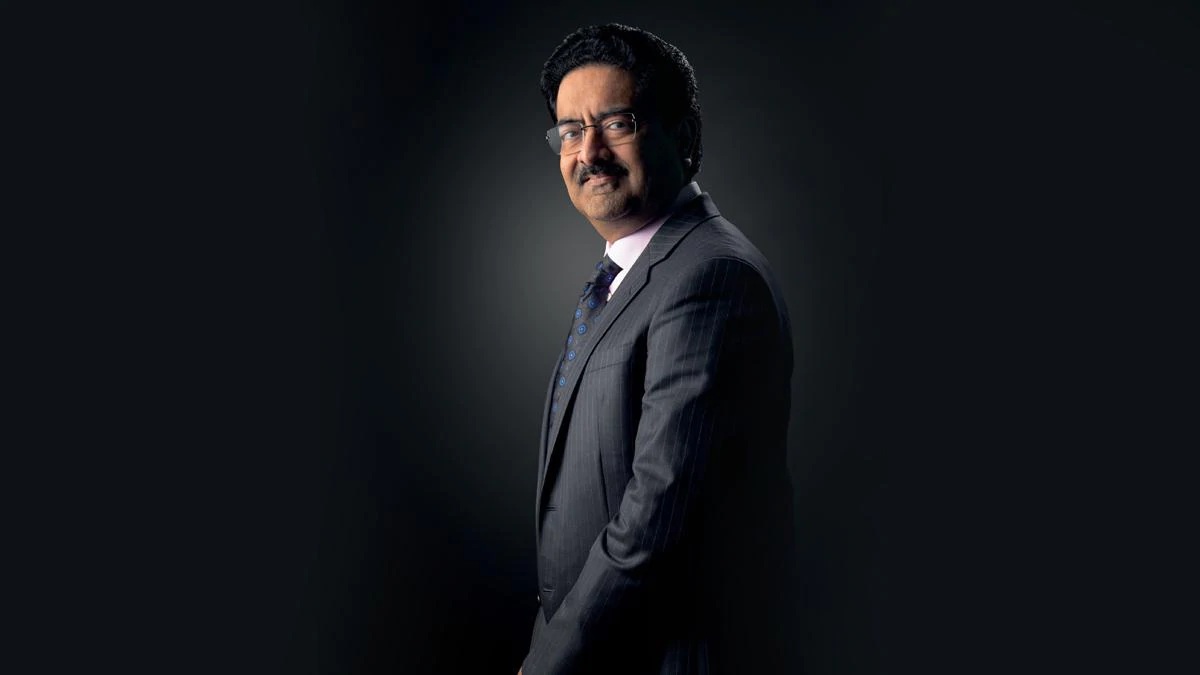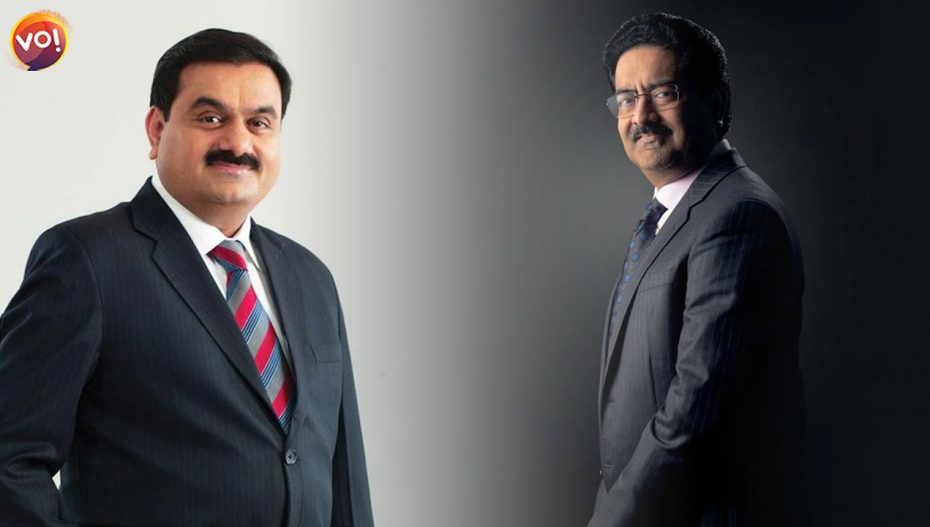Billionaire Gautam Adani’s spectacular journey to become the world’s ninth wealthiest person began in the 1990s with a port on India’s west coast and a long connection with a politician who is now the prime minister. The rest has been spent trying to identify the next industry that will help him expand his empire. His rivalry with Kumar Mangalam Birla grabbed all the eyeballs as two heavy-weights of the corporate world were fighting it out for the cement giant’s assets.

Because the port brought in coal, liquefied gas, and palm oil, Adani invested in these and related enterprises. For example, after starting out supplying coal to power plants, he moved on to mining in India, Indonesia, and Australia, as well as generating and distributing his own electricity. He set out to capture solar and wind electricity while supplying piped gas to Indian towns. It was only natural for him to expand his logistics domination to include airports, grain silos, and data centres, as well as supplying a cooking medium to Indians for frying their samosas: all he had to do was refine the Indonesian palm-oil landing at Indian ports, which he now owns 13.
If one firm was going to build so much infrastructure, wouldn’t it make sense for it to also manufacture cement? The industrialist from PM Modi’s home state of Gujarat has run into some opposition with his most recent expansion – Adani is spending $10.5 billion to acquire Swiss building-materials expert Holcim Ltd.’s entire India operations. The contender isn’t Adani’s arch-rival Mukesh Ambani, who is currently the richest Indian businessman. A new billionaire has emerged.

Unlike Adani, who is a first-generation entrepreneur, Birla comes from a wealthy family. During India’s independence war, his great-grandfather, who moved from textile commerce to jute manufacturing and a variety of other businesses, was a confidante of Mahatma Gandhi. Birla’s father globalised the commodities company by growing in Indonesia, Thailand, and the Philippines, despite being stalled by the socialist turn in post-independence economic policies. Birla, who turns 55 this month, expanded on this by purchasing US-Canadian Novelis Inc. in 2007 and turning it into the world’s largest aluminum-rolling manufacturer.
But then there was the 2008 financial crisis, a boom-bust cycle in China’s commodity demand, and a long, costly entanglement in telecom, an industry disrupted by Ambani’s 2016 foray into cheap data and free voice calls. While a government-backed rescue has kept Vodafone Idea Ltd. from going bankrupt, a new battle has begun. Adani is challenging Birla’s family turf of cement as part of his strategy of entering adjacent industries.
UltraTech Cement Ltd., which is controlled by Birla Group, recently announced a capital expenditure of 129 billion rupees ($1.7 billion) to increase its cement capacity by 22.6 million tonnes per year. That equates to $75 per tonne. Meanwhile, Adani is paying nearly twice as much per tonne for taking over an estimated 73 million tonnes per year capacity at the two Holcim companies, Ambuja Cements Ltd. and ACC Ltd., this year. If Adani is going to pay a premium for scale, Birla will build cheaply. The game has begun.
Birla, who was worth $6.5 billion in early 2013, when Adani was not yet a billionaire, is now nearly $85 billion behind Adani. However, he is well-versed in cement: UltraTech’s current capacity of about 120 million tonnes per year gives it a market share of 20%, ahead of Adani’s new acquisition of 12%. It is, however, not a certain lead. Adani has the option of increasing his capacity to 100 million tonnes through relatively inexpensive expansion, according to Mumbai-based Kotak Institutional Equities, by spending $80 to $90 per tonne. This should reduce the cost of his acquisition.
UltraTech also has a $3.20-$3.90 advantage over Holcim in terms of Ebitda (earnings before interest, taxes, depreciation, and amortisation). According to Kotak, Adani can close the gap by eventually merging the two acquired firms, eliminating royalties to Holcim, and saving money through waste heat recovery. Birla, on the other hand, has options. To strengthen his moat, he will also enter adjacent industries. One area where the group hopes to be a strong No. 2 player in India in five years is paints.













